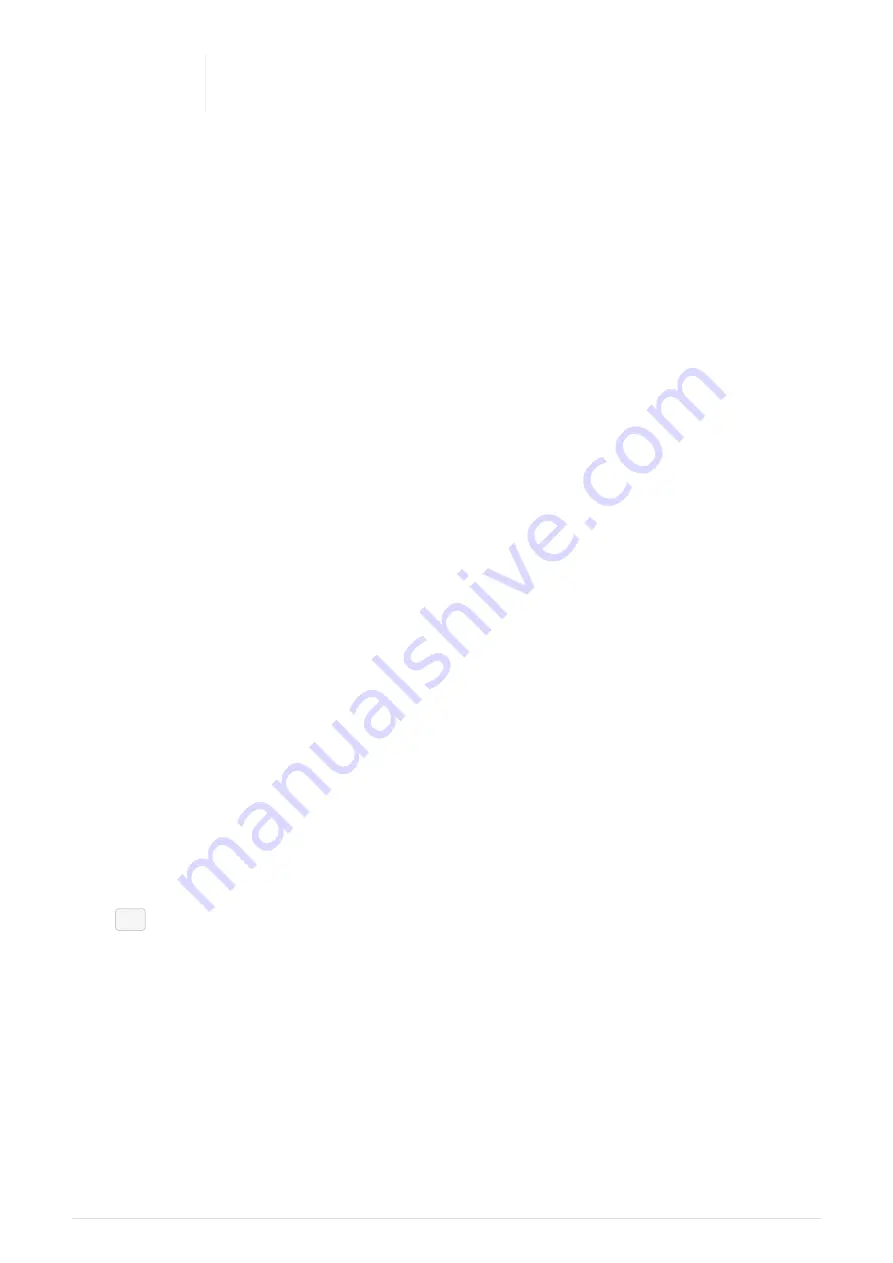
Making a change to a palette will result in that change being present in every
cue that the palette is used in.
Auto Palettes
Auto Palettes
are created when you patch a fixture. They obtain their data from the Fixture
in the consoles Fixture library. This means you should have some palettes ready to use once
you have patched your show.
Default Palettes
Default Palettes
are the first palette for each parameter and contain default attributes such
as open white for colour. They are created when you patch the show. They can be used to
quickly return a selected set of fixtures to their defaults. They can be updated by a user to set
a new value/default for fixture(s).
Recording a Cue
Recording a cue on a Playback
Any active or selected levels and attributes including effects can be recorded to a cue by
pressing
[
Record
]
. QuickQ will indicate where you can record a cue to with a red shading.
• Select and modify some attributes, Intensity, colour, beam and position, add any effects
and press
[
record
]
• Select the Fader Preview to record a new cue or the next cue to a playback.
Once you have recorded a cue you should press
[
Clear
]
to release all captured attributes.
The cue can then be played back by raising the fader.
One cue or multiple cues can be recorded to a playback. The QuickQ 10 has one playback and
the QuickQ 20 and QuickQ 30 both have 10 playbacks.
Recording a cue on a Multifunction Fader
A single cue can be recorded to each of the multifunction faders when in cue mode (press the
CUE
mode button).
• Select and modify some attributes, Intensity, colour, beam and position, add any effects
and press
[
Record
]
.
• With the multifunction faders in cue mode, select one of the faders. The LEDs above
empty faders will flash on and off.
• For faders already containing cues, the LED above the fader will flash between 50% and
full. You can replace a cue on an already recorded fader by selecting it after pressing
record.
30
QuickQ v6
2021-03-12






























